Fish are amazing to include in your diet. They give you healthy proteins, vitamins, and nutrients that regulate your blood pressure and reduce your risk of heart attacks. However, in your search for a healthier diet, you’d want to avoid the following 17 fish for both safety and ethical reasons
Grouper
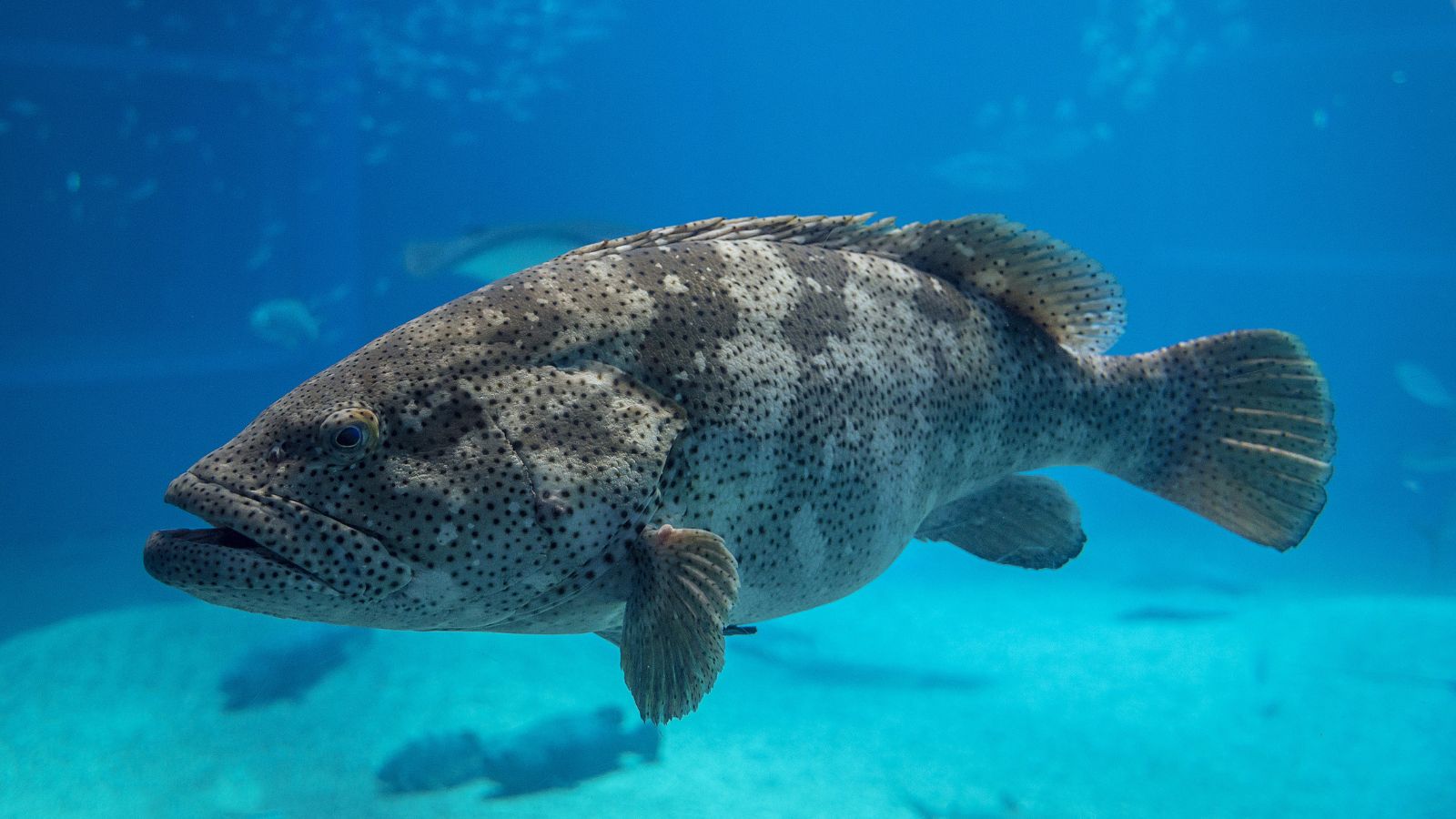
With grouper fish, mercury once again makes an appearance, making them dangerous for children and pregnant women just like Chilean Sea Bass. However, their population is also very prone to overfishing, so eating them is a lose-lose situation for both us and the species.
Sharks

Sharks may be meaty, but they’re the last thing you want to eat. As apex predators of the ocean, they have up to three times the mercury limits for edible fish. Disturbingly, Florida International University writes that exposure to this mercury meat may lead to damage to your brain and central nervous system.
Orange Roughy

The orange roughy fish has two problems: mercury and extinction. Its average lifespan is 200 years, which means it accumulates a lot of unhealthy chemicals like mercury over the years. It also takes up to 40 years before it reproduces, making overconsumption a danger to the species’ extinction.
Mackerel
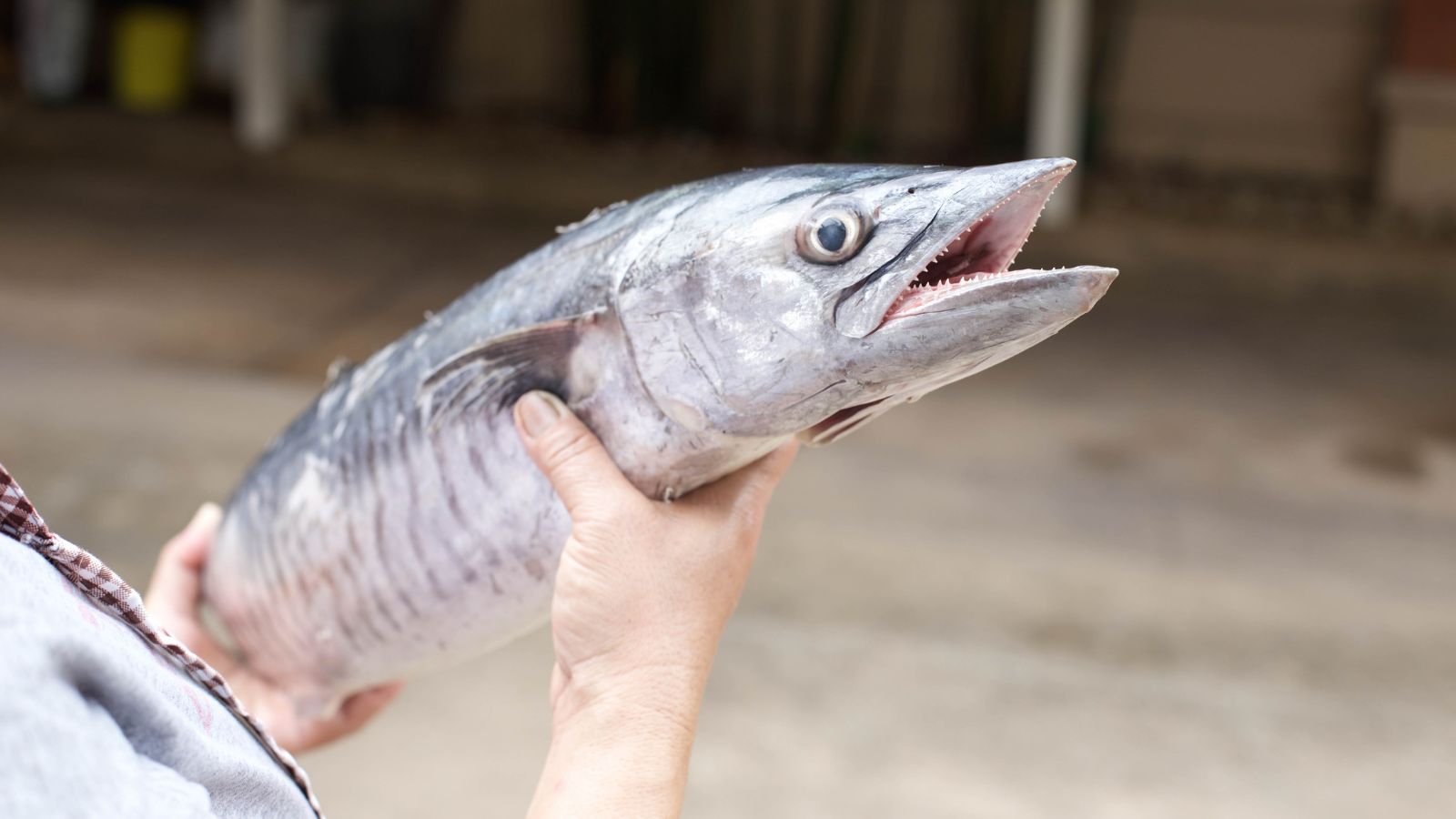
Mackerel may be tasty, but you’ll want to be careful about some types of it, especially the King Mackerel and Spanish Mackerel. These sub-species contain dangerously high amounts of mercury, which is especially risky for children, pregnant women, and nursing mothers.
Swordfish
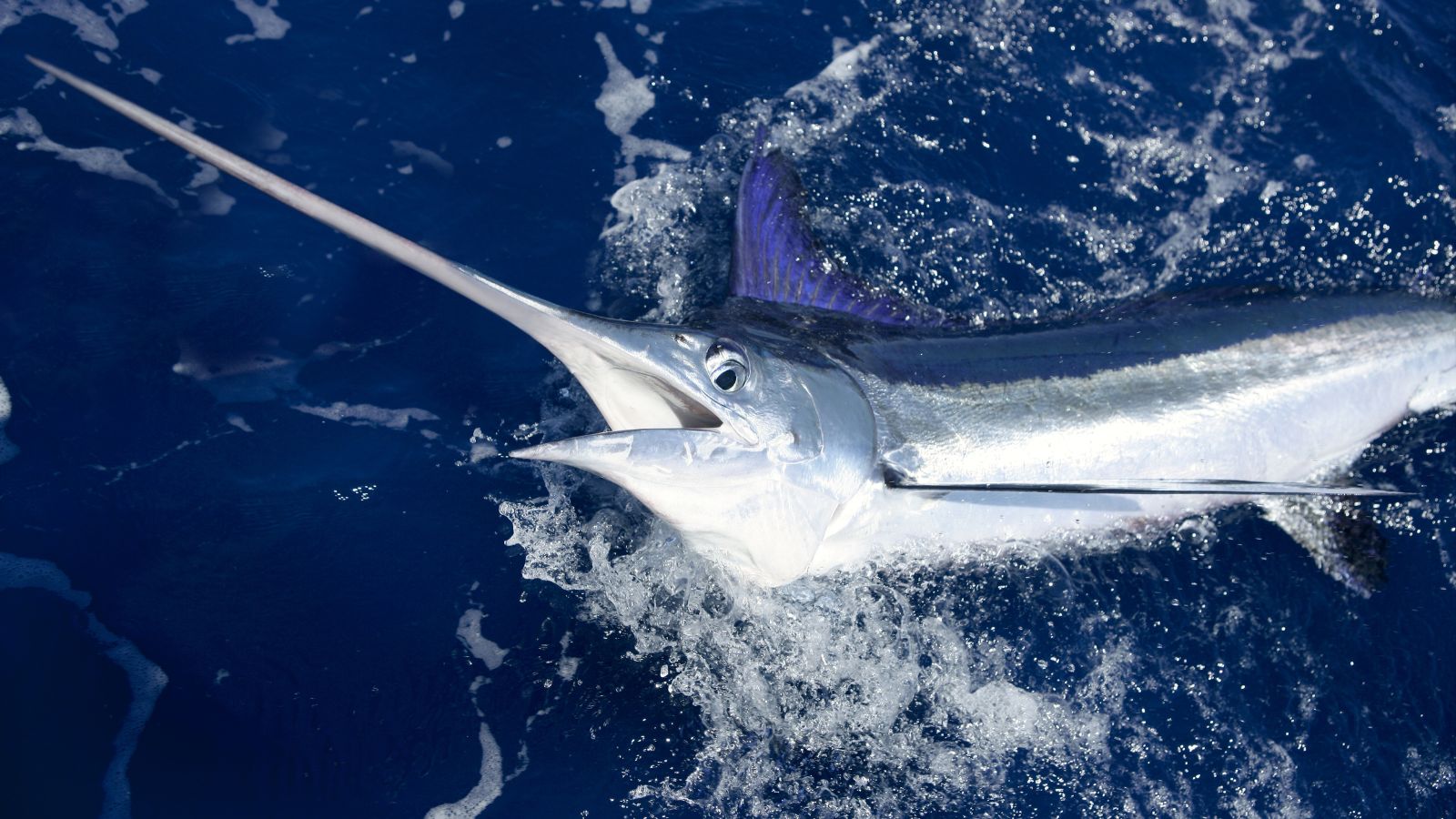
Swordfish is said to have a sweet taste, with swordfish steak being a favorite dish for many people worldwide. Sadly, like sharks and king mackerels, swordfish also pack an unhealthy load of mercury, and the FDA advises against their consumption. However good it tastes, it’s not worth it.
Tilapia
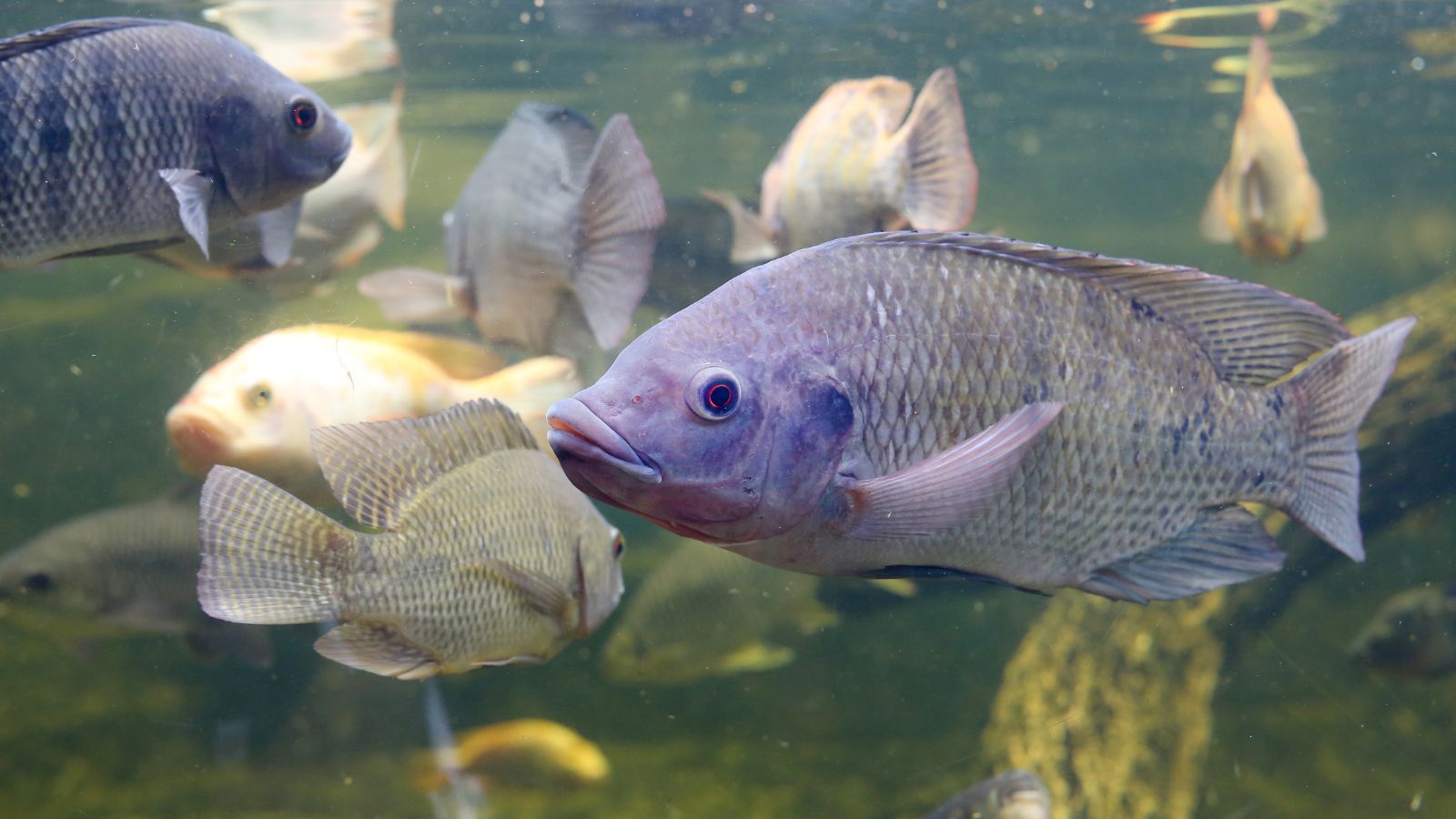
You probably see Tilapia in your local supermarket every day, but be warned – consuming it exposes you to arsenic poisoning. Many of them are bred in arsenic-rich environments and are commonly fed feces, so consuming them in large amounts increases your exposure to cancer development… yikes!
Atlantic Salmon

Excessive, harmful PCBs are used to farm Atlantic salmon, chemicals that expose you to contaminants and diseases. Nutritionists believe that wild Atlantic salmon is fine, but how are you going to reliably differentiate between wild and farmed Atlantic salmon in the store? It’s best to stay off them entirely.
Pufferfish
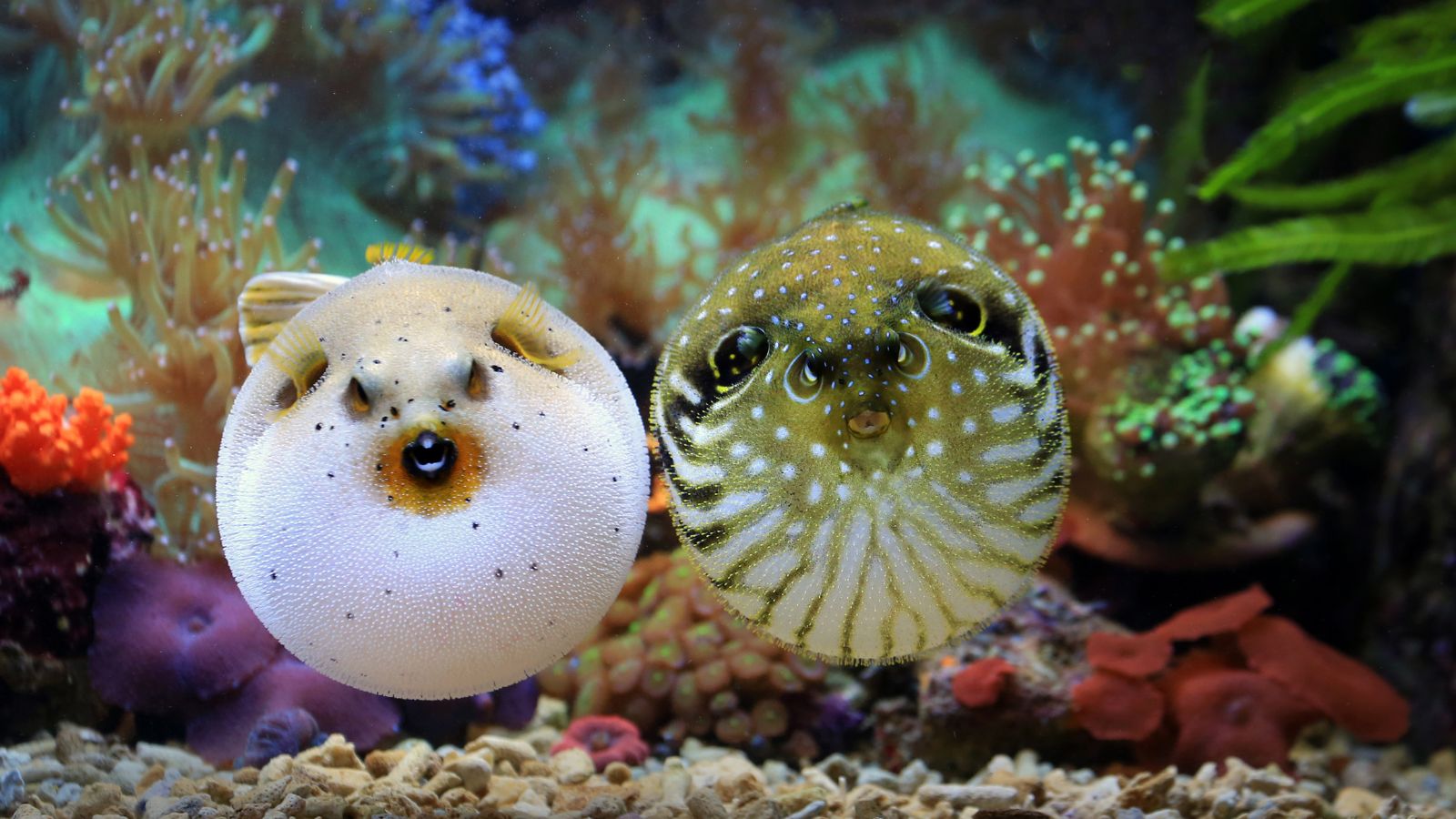
Pufferfish are the most poisonous fish in the seven seas. Discover Wildlife investigated them and learned that their ovaries, liver, skin, and muscles all contain tetrodotoxin, a poison that could kill a human within three to six hours. Some chefs in Japan specialize in cooking them ‘safely’, but is it worth the risk?
Basa

Also called the swai, basa is a species of catfish that is a culinary favorite, but sadly, this makes them staples on overpopulated fish farms. From chemicals to unhealthy amounts of banned antibiotics, factory-farmed basa poses a threat to your health. They also hold low nutritional value, so you’re not missing out.
Chilean Sea Bass
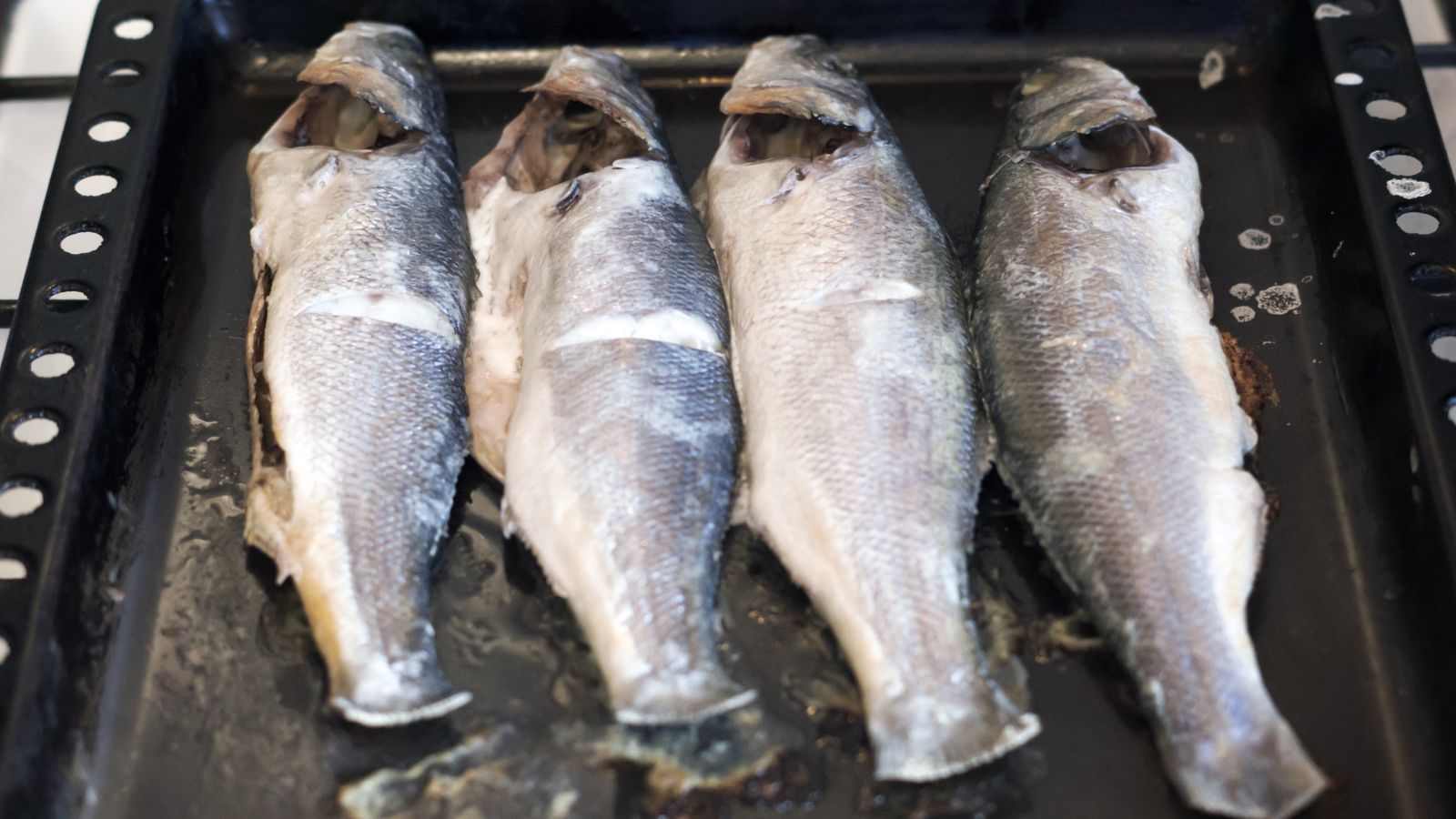
Chilean sea bass may not be as toxic as others on this list, but they still contain a lot of mercury. Adults shouldn’t consume more than two portions per month, while children should avoid exceeding a single portion. Let’s be honest though–avoiding them entirely would be a weight off your mind.
Eel
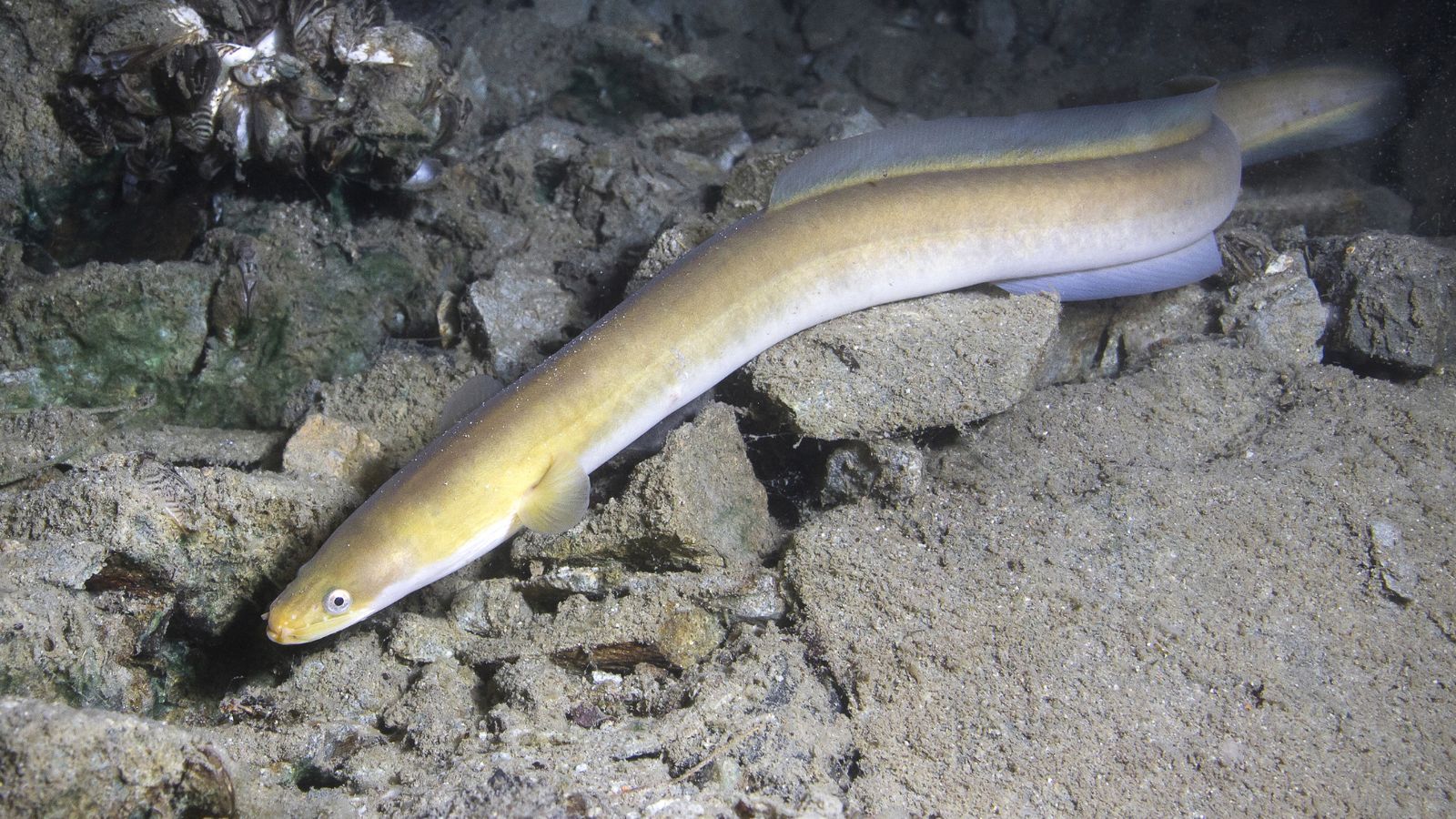
Many seafood enthusiasts are not aware that Eel blood contains a toxic protein that’s proven to cause anaphylaxis, a life-threatening type of allergic reaction. Thankfully, heat and digestion take care of this, and properly cooked eel is generally considered safe to eat—just make sure you trust the chef’s skills!
Lionfish
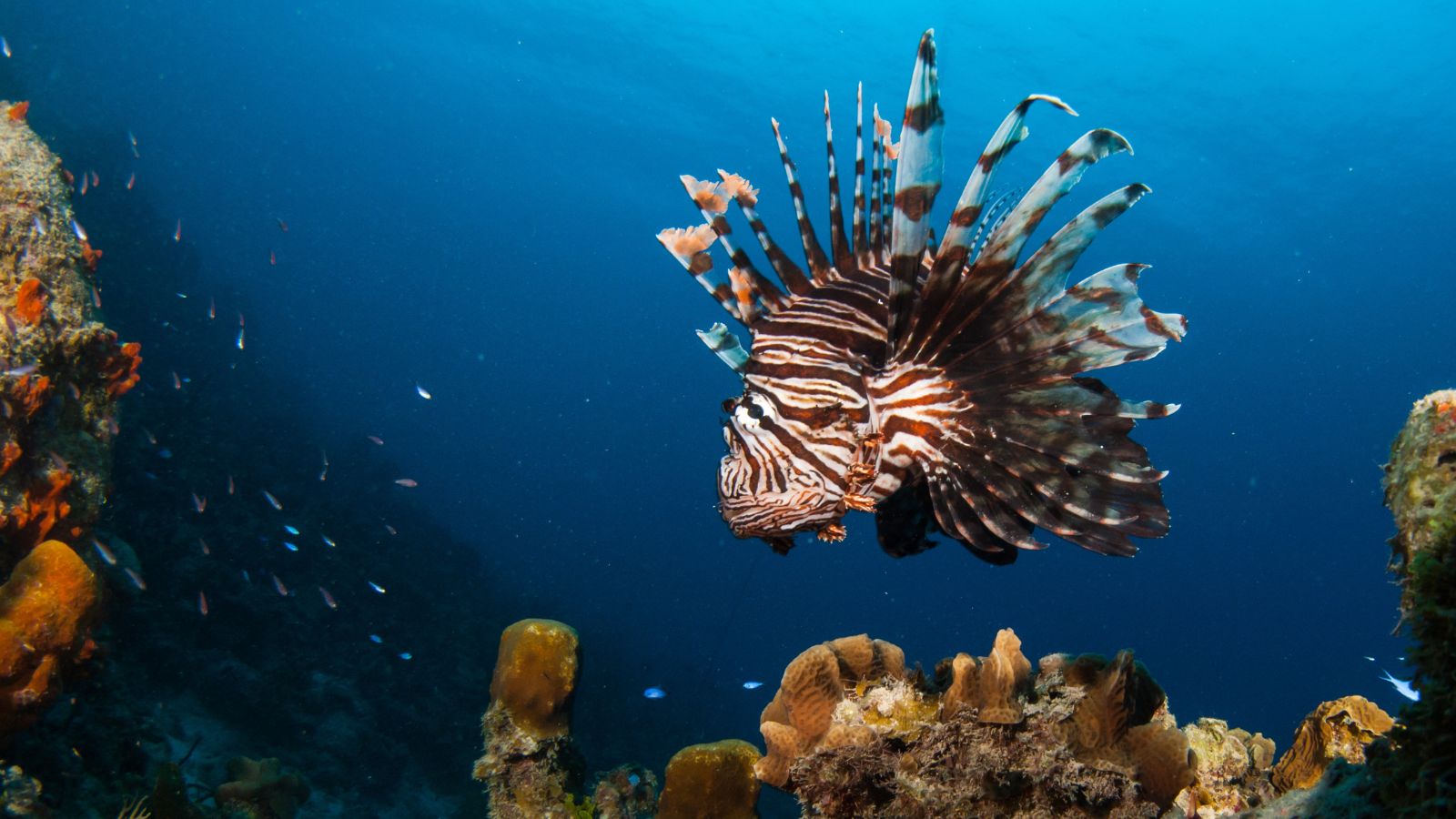
Unlike most poisonous fish, lionfish is venomous, meaning it’s only toxic when it stings you, and this poison can be avoided once its spines have been removed. Nonetheless, CNBC shared that FDA scientists still aren’t convinced of their safety, as they have ciguatoxins that could cause ciguatera fish poisoning.
Atlantic Cod
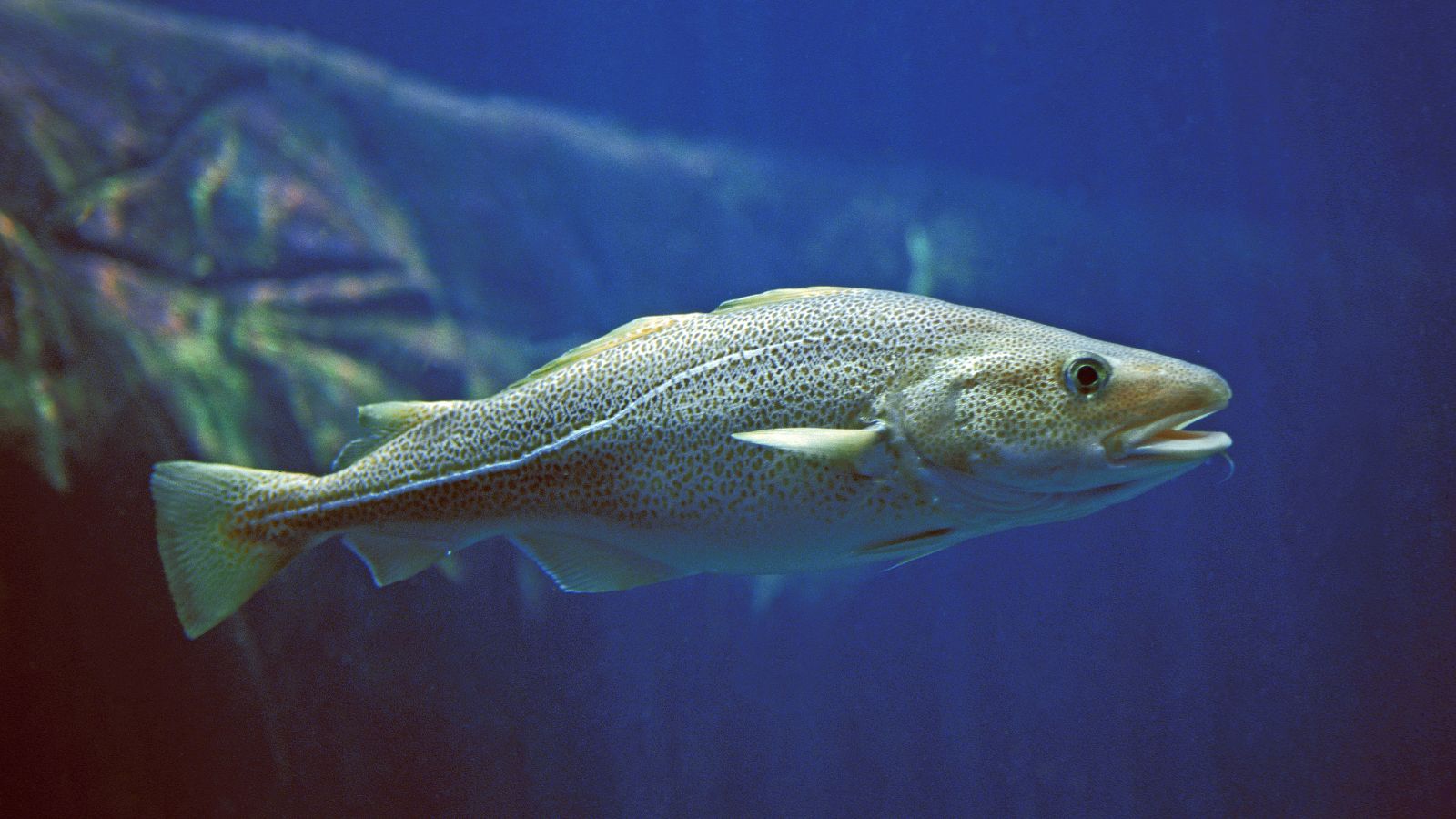
The Atlantic cod is highly nutritious and has moderately safe amounts of mercury. Bad news, though—this makes it popular and prone to extinction. Unless you don’t care about the species surviving, it’s best to do the little you can to save its population. Pacific cods are great alternatives, and they’re tasty!
Bluefin Tuna

Bluefin tuna faces a similar issue to Atlantic cod—it’s being overfished for its food benefits, this time due to its large size. Pacific and Southern bluefins are also vulnerable, but the Atlantic bluefins, being the largest of the three, have become endangered.
Atlantic Flatfish
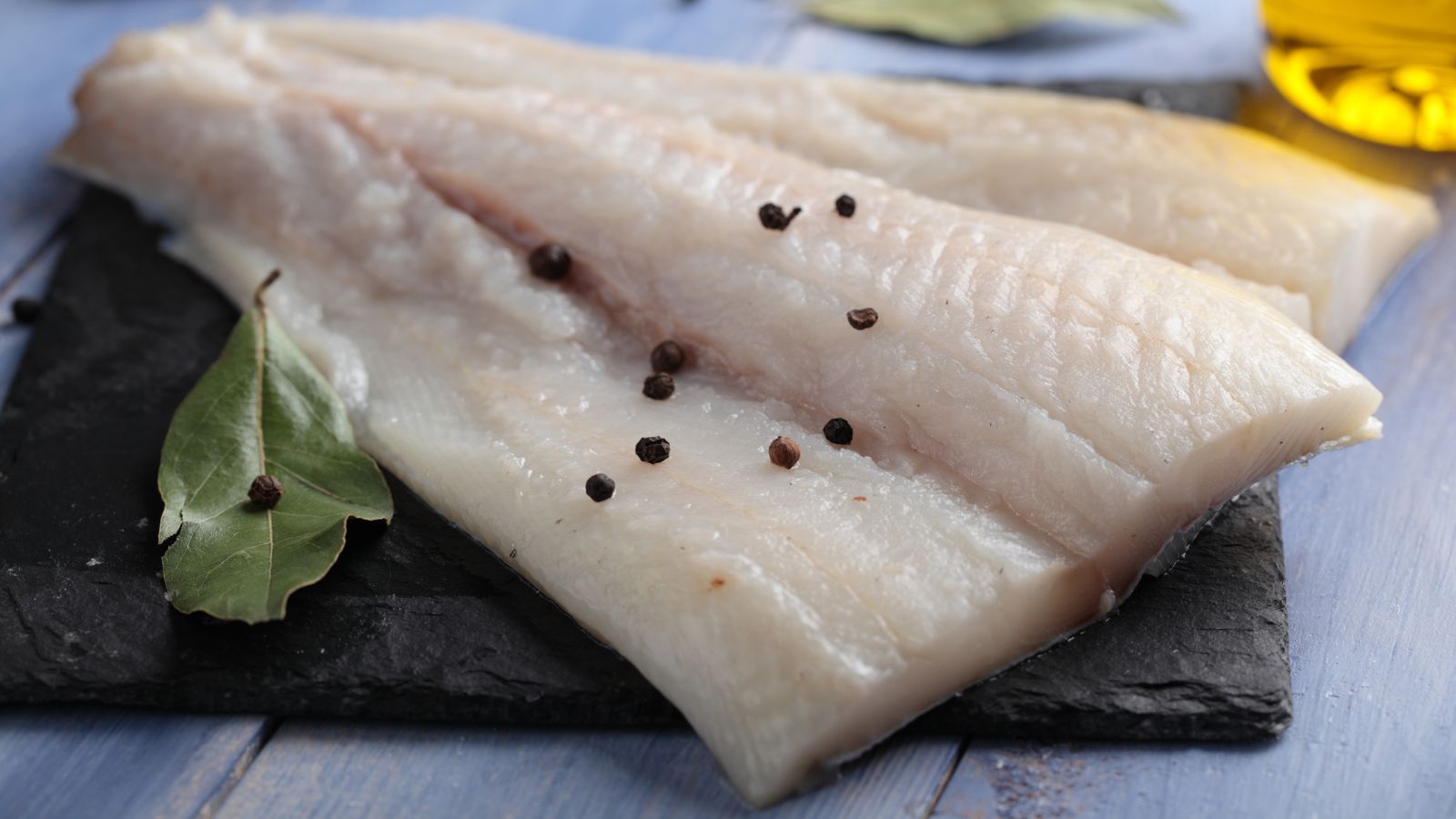
Certain species of Atlantic flatfish are contaminated with industrial waste and could potentially bring these pollutants to your dishes. A study published by the National Library of Medicine even concluded that they expose you to polycyclic aromatic hydrocarbons (PAH), which are a dangerous class of cancer-inducing chemical compounds. Avoid!
Beluga Sturgeon (Caviar)

If you care about environmental conservation efforts, with the beluga sturgeon, it’s the eggs you shouldn’t eat. Unfortunately, these eggs or ‘caviar’ are a famous global delicacy. Sadly, female beluga sturgeons take up to 20 years to mature, and eggs aren’t laid annually, so fishing for them has caused their population to deplete badly.
Imported Shrimp
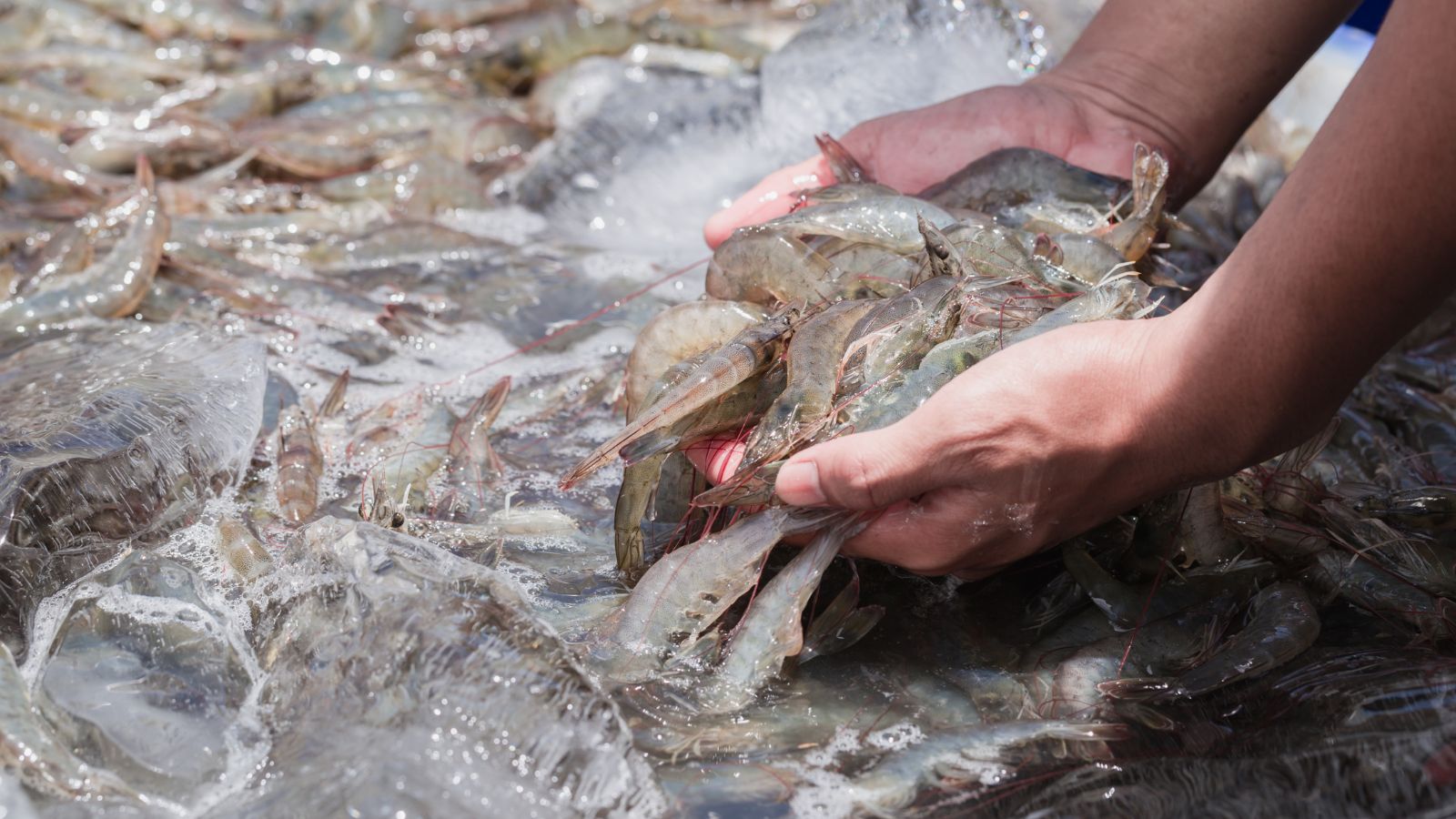
Finally, although they aren’t part of the fish family, shrimp are worth mentioning. Imported shrimp are raised in dirty, overpopulated, and unhygienic fish farms, and are known to bring banned chemicals and even cockroaches to your plate… gross! So, unless you know where the shrimp were caught, we’d give them a miss.
More From Planning To Organize: 18 Things You’re Too Old To Be Doing Anymore

As we grow older, it’s a great time to reevaluate our choices and habits. In this article, we’ll explore 18 things you may still be doing even though you may be too old.
18 Things You’re Too Old To Be Doing Anymore
18 Habits You Probably Developed if You Weren’t Loved as a Child

All children deserve unconditional love and care. But unfortunately, whether they intend to or not, some parents don’t make their children feel as loved as they should. If you weren’t shown enough love as a child, you’re likely to recognize these 18 habits.
18 Habits You Probably Developed if You Weren’t Loved as a Child
17 American Attractions That Used to Attract Millions But Are Now Facing Extinction

Environmental issues, lack of interest, and changing urban spaces are all contributing to the decline of some of America’s most loved attractions. Here are 17 places that are facing extinction, threatening the tourism market across the country.
17 American Attractions That Used to Attract Millions But Are Now Facing Extinction
